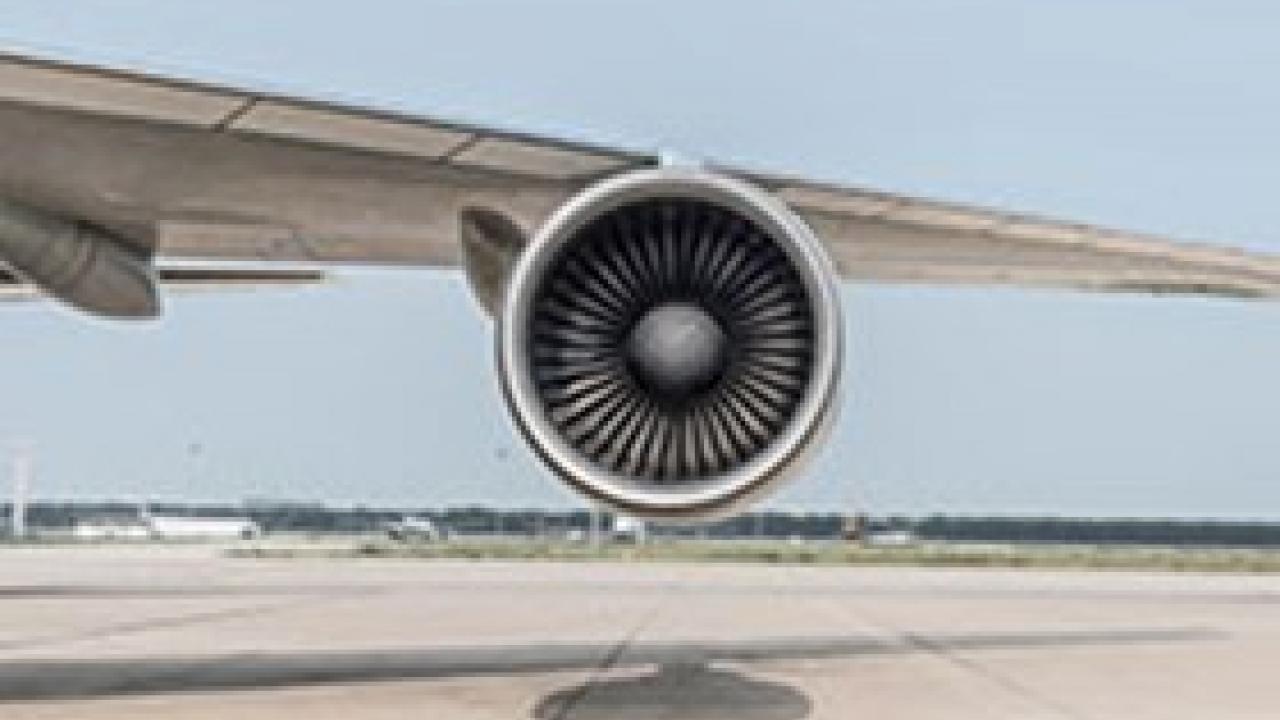IATA releases 2020 safety report

Airlines based in sub-Saharan Africa experienced six accidents last year. Image: IATA
Overall
- The total number of accidents decreased from 52 in 2019 to 38 in 2020.
- The total number of fatal accidents decreased from 8 in 2019 to 5 in 2020.
- The all accident rate was 1.71 accidents per million flights. This is higher than the 5-year (2016-2020) average rate which is 1.38 accidents per million flights.
- IATA member airlines’ accident rate was 0.83 per million flights, which was an improvement over the 5-year average rate of 0.96.
- Total flight operations reduced by 53% to 22 million in 2020.
- Fatality risk remained unchanged compared to the five-year average at 0.13.
With a fatality risk of 0.13 for air travel, on average, a person would have to travel by air every day for 461 years before experiencing an accident with at least one fatality. On average, a person would have to travel every day for 20,932 years to experience a 100% fatal accident.
“Flying is safe, although the industry did take a step back on performance in 2020. The severe reduction in flight numbers magnified the impact of each accident when we calculate rates. But numbers don’t lie, and we will not allow this to become a trend. We will have even sharper focus on safety during this period of reduced operations and as flight schedules are rebuilt when the world reopens,” said Alexandre de Juniac, IATA’s Director General and CEO.
For the first time in more than 15 years there were no Loss of Control Inflight (LOC-I) accidents, which have accounted for the largest share of fatalities since 2016. “The lack of any such events in 2020 was a positive development. Nevertheless, based on the initial reports from the investigation into the tragic loss of Sriwijaya Air SJ 182 early in 2021, we must continue to learn and improve,” said de Juniac.
Airlines based in sub-Saharan Africa experienced six accidents last year, two of which were fatal, both involving turboprop aircraft. This is the same number of fatal accidents that occurred in 2019, nevertheless the fatality risk increased owing to the fact that there were fewer flights last year. There were no hull loss accidents involving jet aircraft in 2020.
The focus in Africa continues to be on accelerating the implementation of the International Civil Aviation Organization’s (ICAO) safety-related standards and recommended practices (SARPS). At year-end 2020, some 28 African countries (61% of the total) had at least 60% SARPS implementation, unchanged from 2019. “While we recognize the extraordinary challenges in 2020 that touched on all aspects of aviation, we hope that we will see additional movement in this number as the pandemic recedes,” said de Juniac
IATA also said it continues to work closely with all key stakeholders in the region. IATA and African Airlines Association (AFRAA) joined forces with the African Civil Aviation Commission (AFCAC) on a three-year safety project to provide technical support to the African air operators of states party to the Single Africa Air Transport Market (SAATM) to ensure they achieve and maintain global aviation safety standards.
Stay up to date
Subscribe to the free Times Aerospace newsletter and receive the latest content every week. We'll never share your email address.

